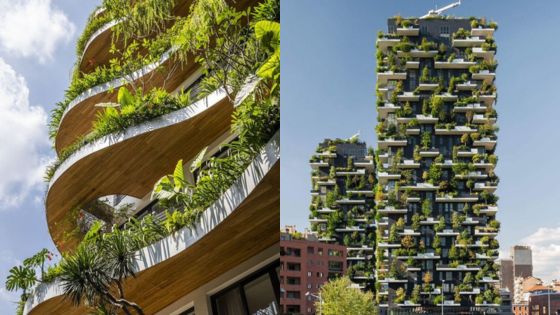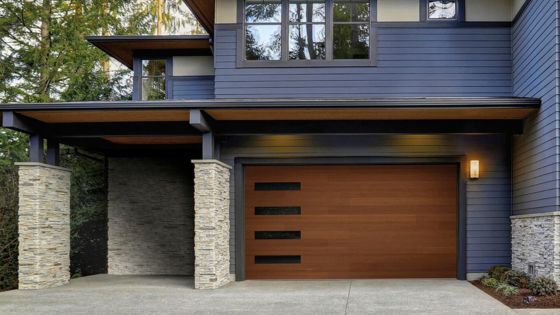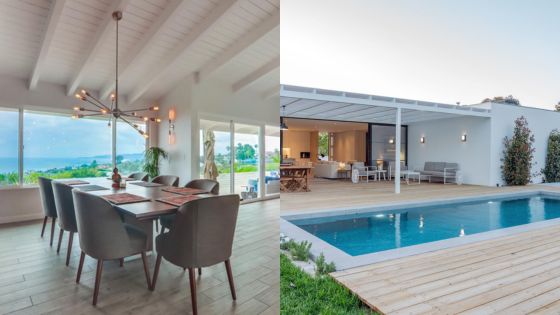Working from home has become increasingly popular in recent years, with many companies offering their employees the option to work remotely. While the perks of working from home are numerous, it can be challenging to create a productive and inviting workspace in the comfort of your own home. This is where design comes in.
Designing a home office that is both functional and aesthetically pleasing can help boost productivity and create a space that you actually want to spend time in. From choosing the right color scheme to incorporating storage solutions, there are a variety of design tips that can help transform your home office into a productive workspace.
Additionally, if you’re considering buying or renting a property to set up your home office, working with professionals like Redstones Estate Agents Willenhall can provide valuable insights into the best locations and spaces that suit your needs. Their expertise can help you find a property that not only meets your workspace requirements but also enhances your overall work-life balance.
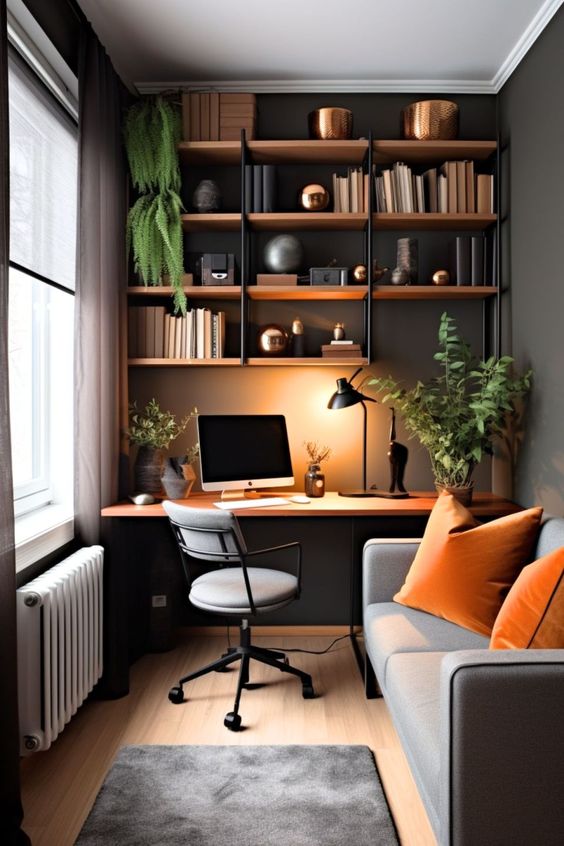
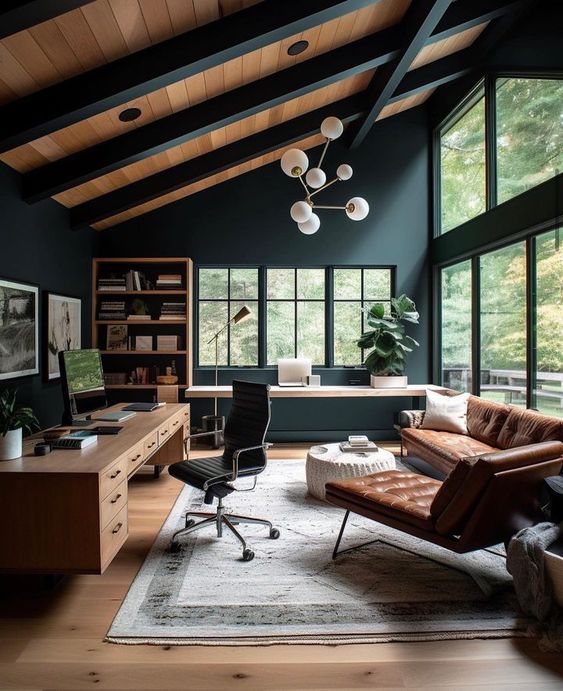
In this article, we will explore 12 design tips for creating a stylish and functional home office. Whether you are starting from scratch or looking to spruce up your existing workspace, these tips will help you create a space that is both inviting and conducive to getting work done. So, let’s dive in and discover how to work from home in style.
Assessing Your Space
When setting up a home office, it’s important to assess your space to ensure that it meets your needs and promotes productivity. Here are a few factors to consider when assessing your space:
Choosing the Right Room
When selecting a room for your home office, consider the amount of natural light, noise levels, and privacy. Ideally, you want a room with plenty of natural light to help boost your mood and productivity. Additionally, you want a room that is relatively quiet and free from distractions to help you stay focused. If you have clients or colleagues visiting your home office, you also want a room that offers privacy and a professional atmosphere.
Optimizing a Small Space
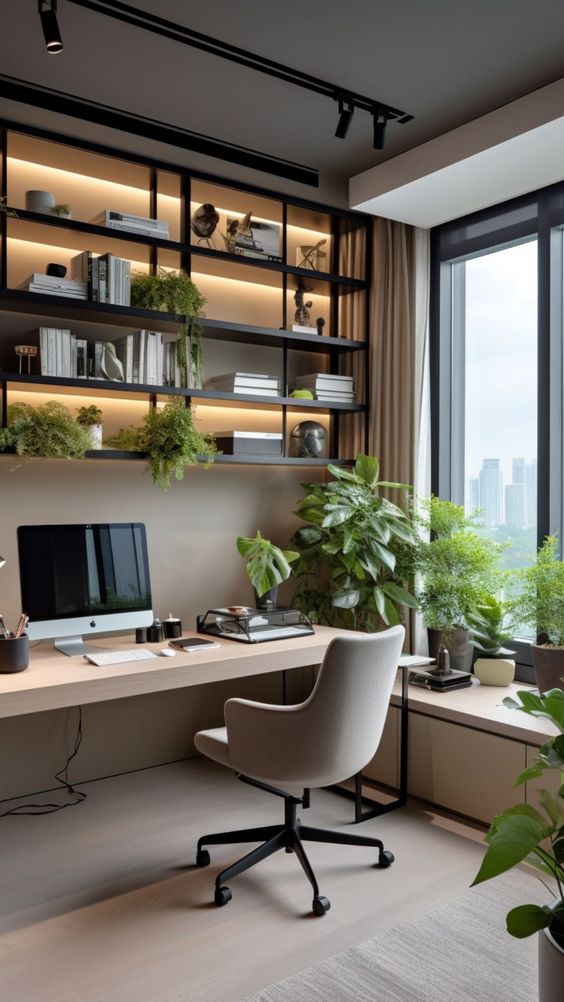
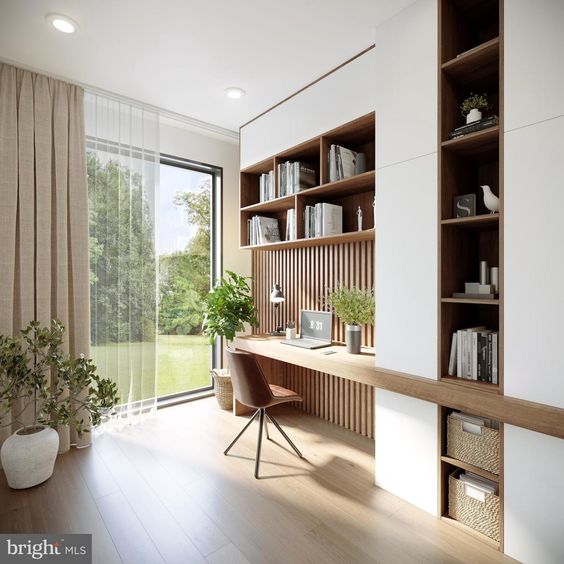
If you have limited space, don’t worry! With a little creativity, you can still create an inviting and functional home office. Consider using a corner of a room or a closet as your workspace. You can also use furniture that doubles as storage, such as a desk with built-in shelves or a filing cabinet that doubles as a side table. When using shelves, make sure to use functional and sturdy shelf supports.
Considering Light and Color
The color and lighting of your home office can have a significant impact on your mood and productivity. Opt for colors that promote a calm and focused atmosphere, such as blues, greens, and neutrals. Additionally, make sure your workspace is well-lit, preferably with natural light. If natural light is limited, consider adding task lighting to your workspace.
In summary, when assessing your space for a home office, it’s important to consider factors such as natural light, noise levels, privacy, and color. With a little creativity, you can create a functional and inviting workspace that promotes productivity.
Furniture Selection
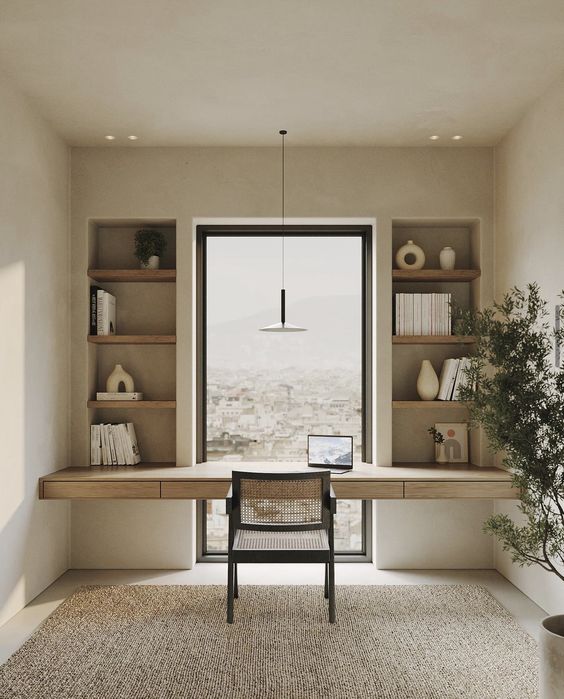
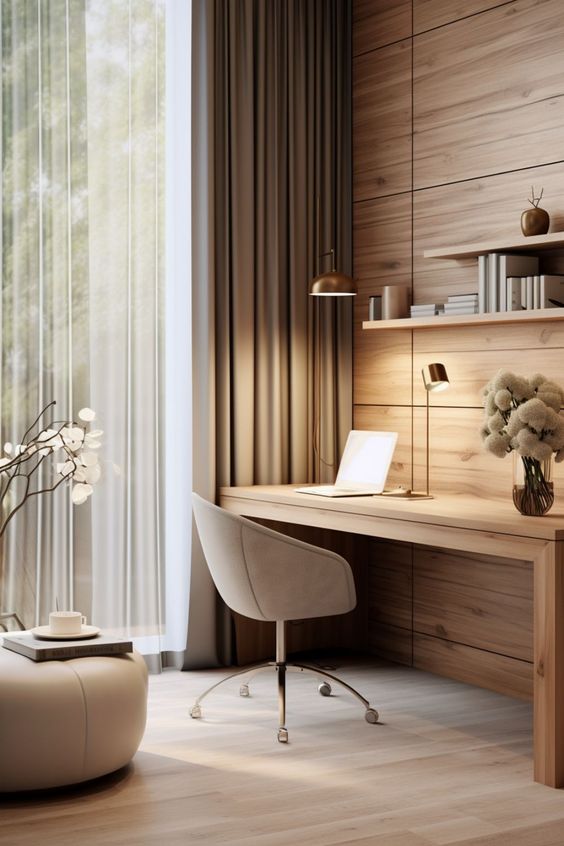
When it comes to designing a home office, selecting the right furniture is crucial for both productivity and comfort. Here are some tips for finding the perfect pieces to create a functional and inviting workspace.
Finding the Perfect Desk
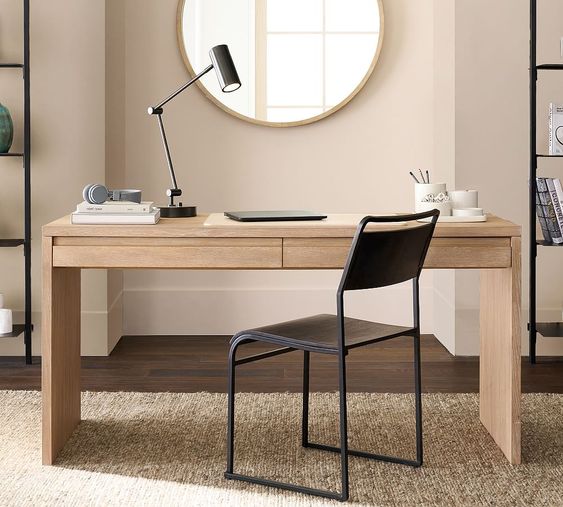
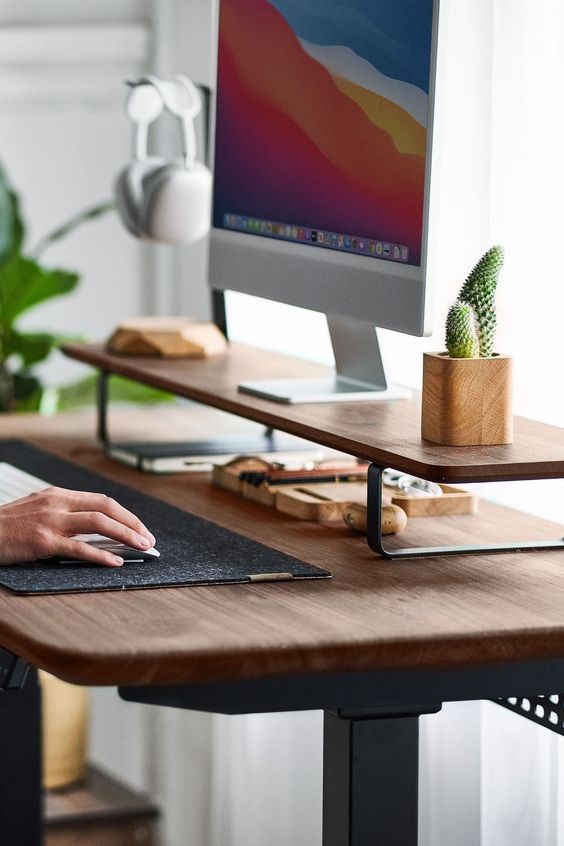
The desk is the centerpiece of any home office, and choosing the right one is essential. Consider the size of the room and the amount of workspace needed. A desk with built-in storage can help keep the workspace organized and clutter-free. A standing desk can also be a great option for those who prefer to work while standing up.
Selecting a Supportive Chair
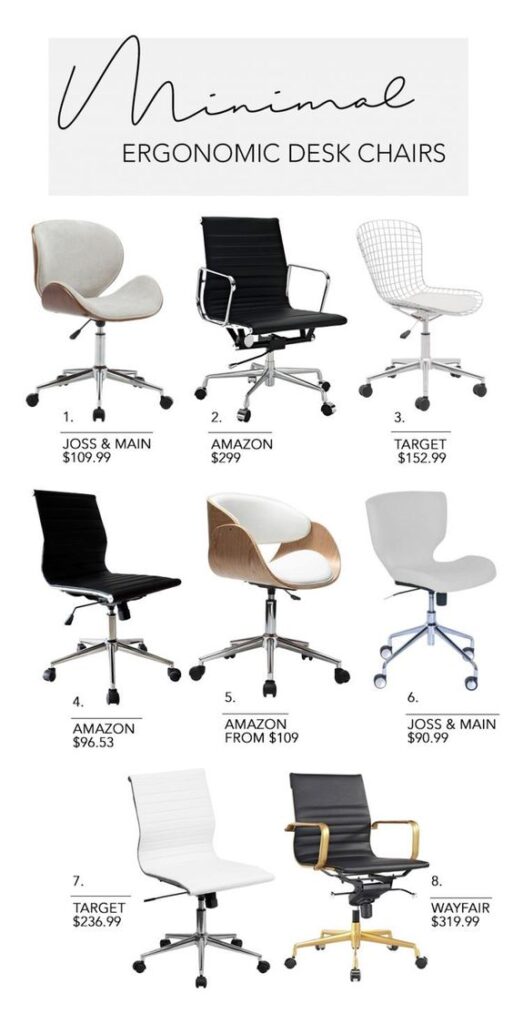
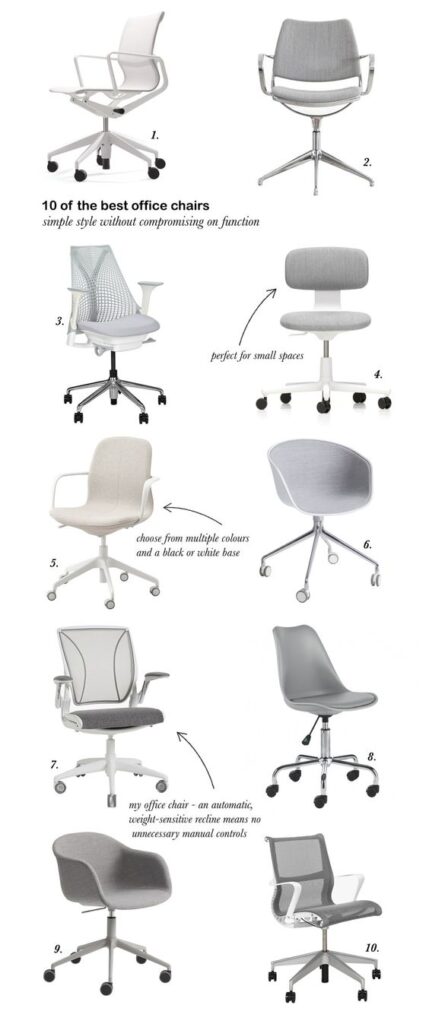
A comfortable chair is key to a productive workday. Look for a chair with good back support and adjustable height to ensure proper posture. A chair with armrests can also help reduce strain on the shoulders and neck.
Incorporating Additional Seating
In addition to the desk and chair, it’s important to have additional seating for guests or for taking a break from work. A comfortable sofa or armchair can create a cozy seating area for reading or relaxing. Poufs or ottomans can also be a great option for additional seating that doesn’t take up too much space.
Overall, selecting ergonomic furniture that is both functional and comfortable is essential for creating a productive and inviting home office.
Designing for Productivity
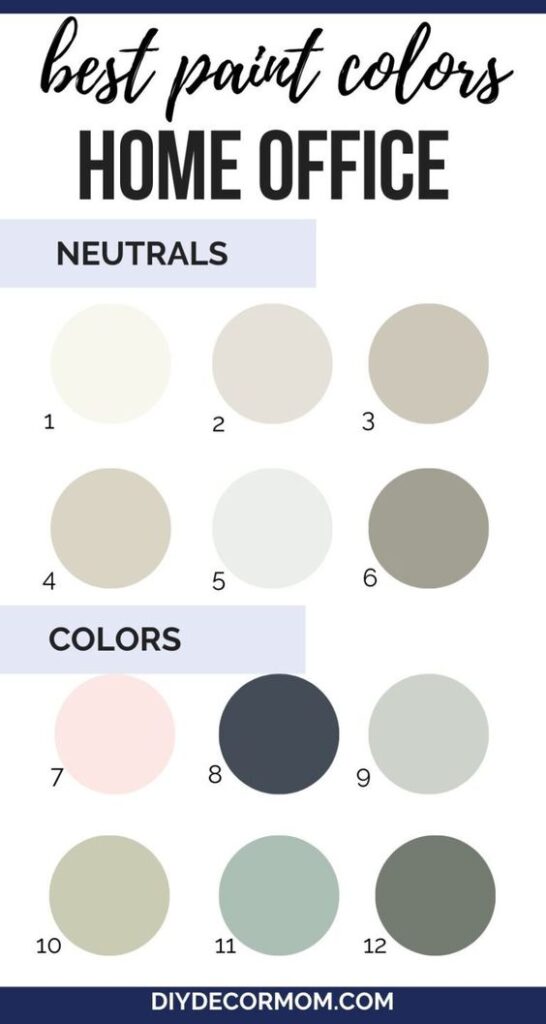
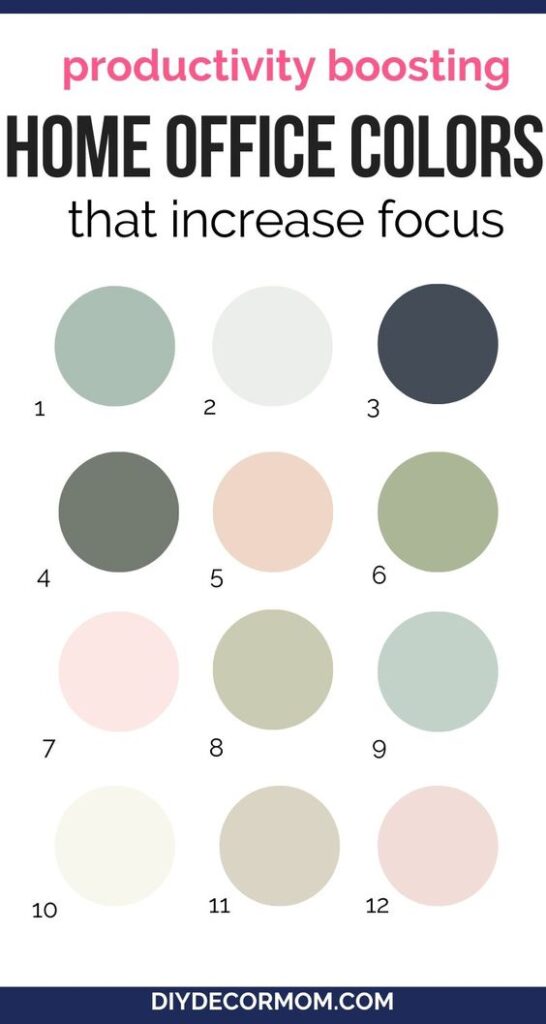
The Impact of Color on Work
Color has a significant impact on productivity in a home office. Choosing the right colors can help to create a calm and focused atmosphere. Blue and green colors are known to be calming, while yellow and orange can increase energy levels. White is a popular choice for home offices as it creates a clean and fresh environment.
Effective Lighting Solutions
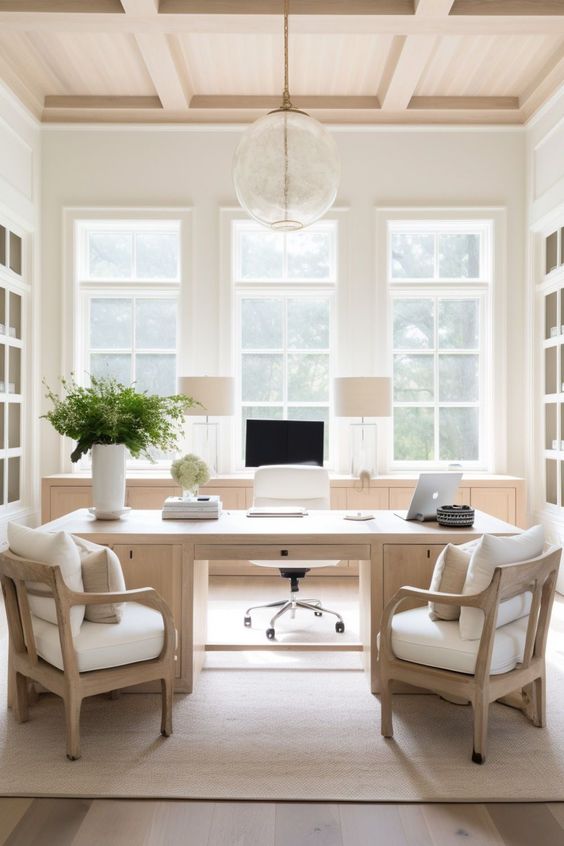
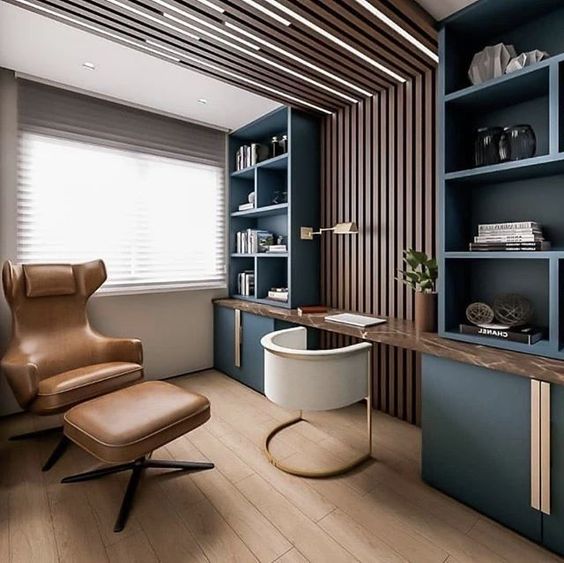
Lighting is another essential factor in designing a productive home office. Natural light is the best option as it helps to regulate the body’s natural circadian rhythm, which is essential for maintaining a healthy sleep cycle. Task lighting is also important as it helps to reduce eye strain and improve focus. A desk lamp with adjustable brightness levels is a good option for task lighting.
Minimizing Distractions
Distractions can significantly reduce productivity in a home office. It is essential to create a workspace that is free from distractions. This can be achieved by choosing a quiet area in the house, using noise-canceling headphones, and minimizing visual distractions. A clutter-free workspace can also help to reduce distractions and improve focus.
Overall, designing a home office for productivity requires careful consideration of color, lighting, and minimizing distractions. Creating a calm and focused environment can help to increase productivity and improve overall work performance.
Storage and Organization

When it comes to creating a productive and inviting home office, storage and organization are key. A cluttered workspace can lead to decreased productivity and increased stress levels. Here are some tips for keeping your home office organized and tidy.
Smart Storage Solutions
One of the best ways to keep your home office organized is to invest in smart storage solutions. This can include things like desk organizers, filing cabinets, and storage boxes. By keeping everything in its place, you’ll be able to find what you need quickly and easily.
Decluttering Your Workspace
Before you can start organizing your home office, you’ll need to declutter your workspace. This means getting rid of anything that you don’t need or use on a regular basis. Start by going through your desk drawers and getting rid of any old papers or supplies that you no longer need. You can also consider donating or selling any office equipment that you no longer use.
Creative Shelving Options
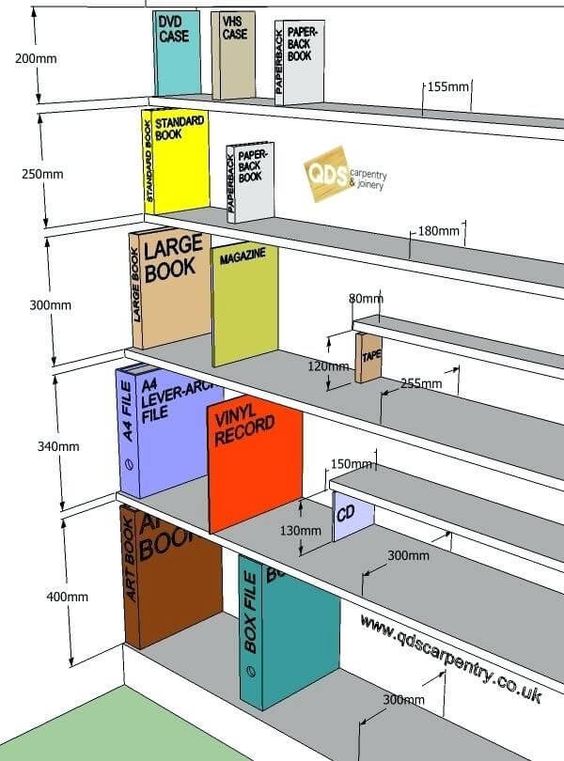
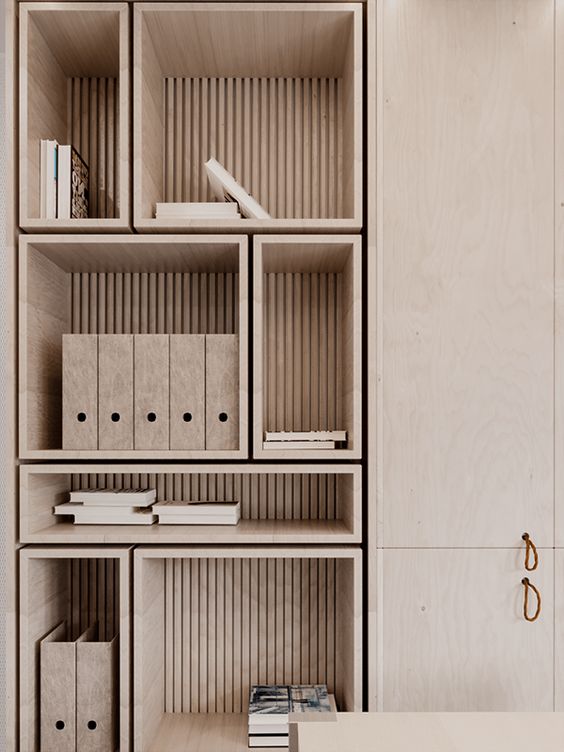
Shelving is another great way to keep your home office organized. There are a variety of creative shelving options available, from floating shelves to bookcases. Consider using shelves to display decorative items or to store books and other reference materials.
Overall, keeping your home office organized is essential for staying productive and focused. By investing in smart storage solutions, decluttering your workspace, and using creative shelving options, you can create a space that is both functional and inviting.
Stylish Decor and Accessories
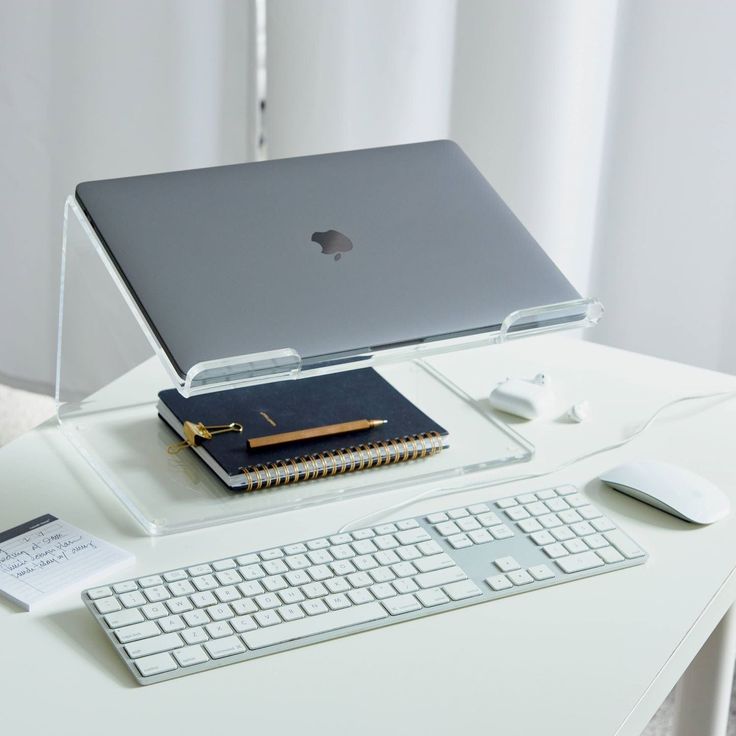
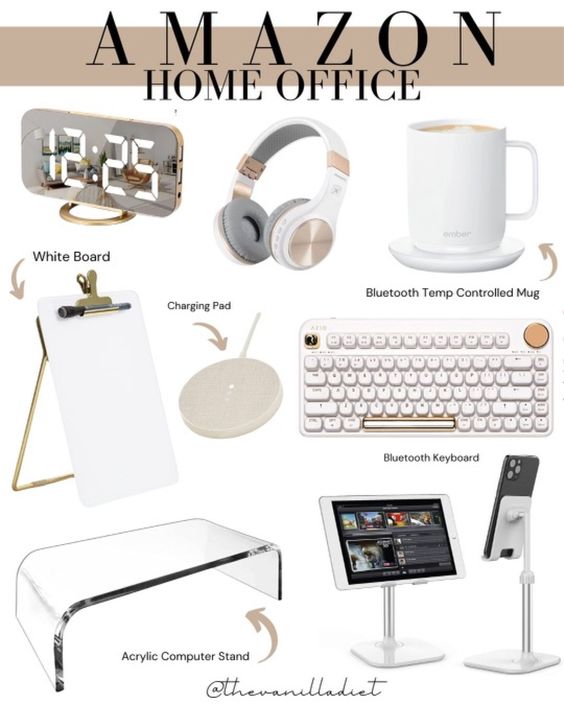
Choosing a Theme
When it comes to designing a home office, choosing a theme can be a great starting point. The theme can be anything from a specific color scheme to a particular style, such as modern or rustic. A well-chosen theme can help tie the decor and accessories together, creating a cohesive and stylish look.
One approach to choosing a theme is to create a mood board. This can be done using a variety of online tools or by cutting out images from magazines and creating a physical board. The mood board can include images of furniture, decor, and accessories that fit the desired theme. This can help visualize how different elements will look together and make it easier to select items that fit the overall aesthetic.
Decorative Elements
Decorative elements such as artwork, plants, and decorative lighting can add personality and style to a home office. Artwork can be used to add color and interest to the walls, while plants can bring a touch of nature and freshness to the space. Decorative lighting, such as a unique desk lamp or pendant light, can also add visual interest and help create a cozy and inviting atmosphere.
When choosing decorative elements, it’s important to consider the overall theme and color scheme of the room. Selecting items that fit within the chosen aesthetic can help create a cohesive and stylish look.
Personal Touches
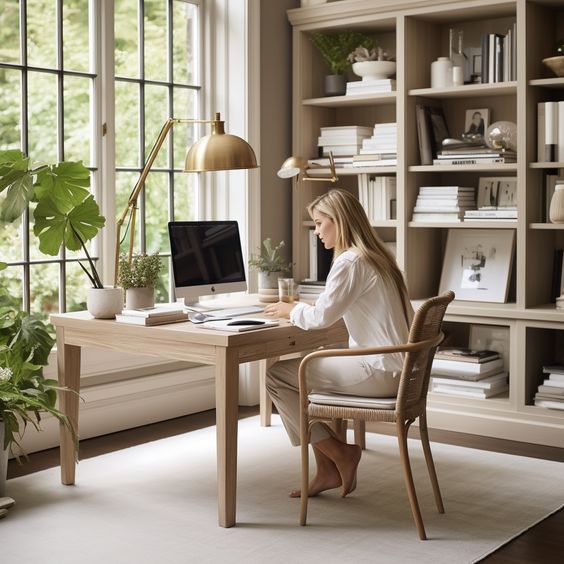
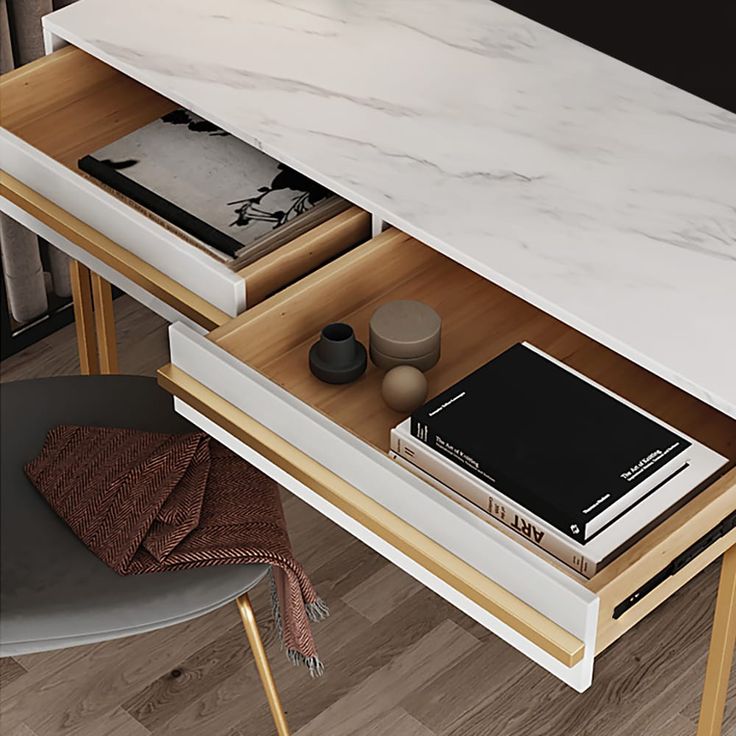
Adding personal touches to a home office can help make the space feel more inviting and comfortable. This can include items such as family photos, travel souvenirs, or favorite books. These items can be displayed on shelves or desks, adding a personal touch to the space.
A personalized pen is another great addition to your workspace. Not only does it add a touch of elegance and professionalism, but having your name or initials engraved on a pen makes it uniquely yours. It’s a small, personal item that can inspire creativity and add a sense of ownership to your work environment without cluttering your space.
When incorporating personal touches, it’s important to avoid cluttering the space. Select a few meaningful items and display them in a thoughtful and intentional way. This can help create a space that is both stylish and personal.
Overall, incorporating stylish decor and accessories into a home office can help create a productive and inviting workspace. By selecting a theme, choosing decorative elements, and adding personal touches, it’s possible to create a space that is both functional and stylish.
Creating a Comfortable Environment
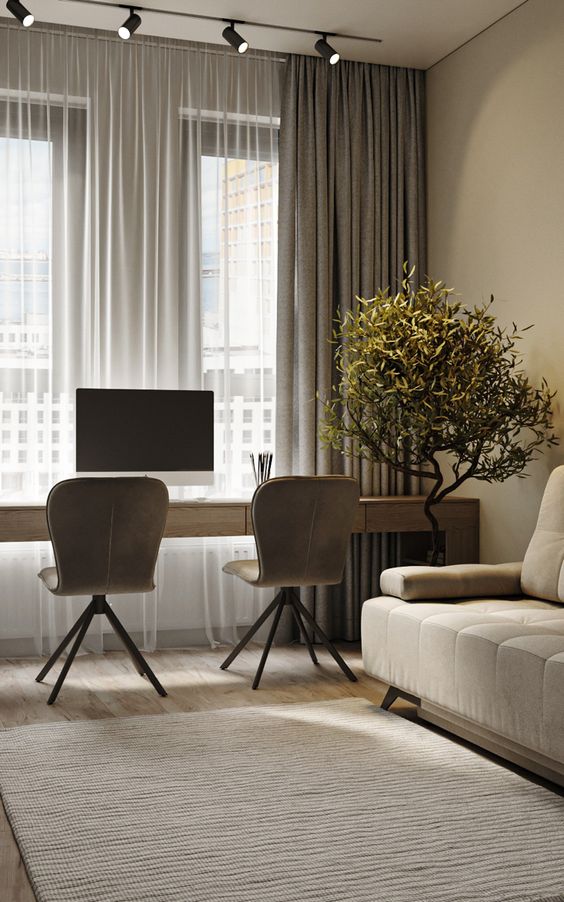
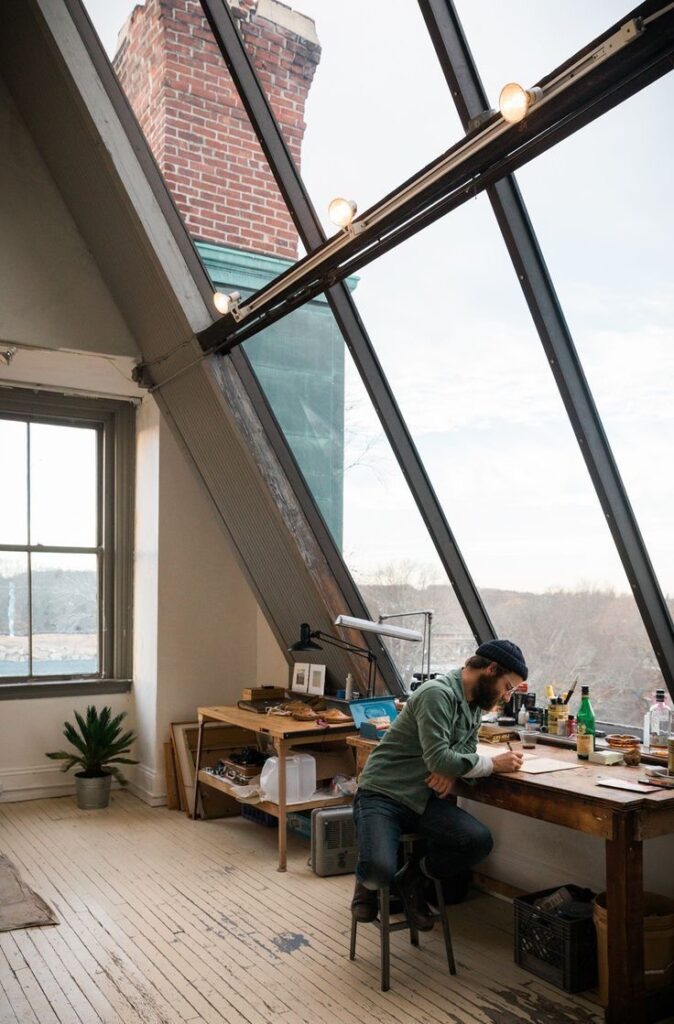
Ergonomic Considerations
When working from home, it’s important to prioritize comfort and ergonomics to avoid strain and injury. A comfortable chair with adjustable height and lumbar support is essential. The desk should also be at a comfortable height, allowing the arms to rest at a 90-degree angle while typing. A footrest can also be a helpful addition to reduce pressure on the lower back.
The Role of Plants and Natural Elements
Incorporating natural elements, such as plants, can help create a calming and inviting atmosphere in a home office. Plants not only add color and texture to the space but also help purify the air. A small indoor fountain or a natural light source can also help create a peaceful environment.
Maintaining a Comfortable Temperature
Maintaining a comfortable temperature is crucial to creating a productive work environment. It’s important to ensure that the temperature is not too hot or too cold, as both extremes can lead to discomfort and distraction. A fan or heater can be used to regulate the temperature, and opening windows for fresh air can also be beneficial.
Overall, creating a comfortable environment in a home office is essential for productivity and well-being. By prioritizing ergonomics, incorporating natural elements, and maintaining a comfortable temperature, individuals can create a space that is both inviting and conducive to work.
Technology and Connectivity
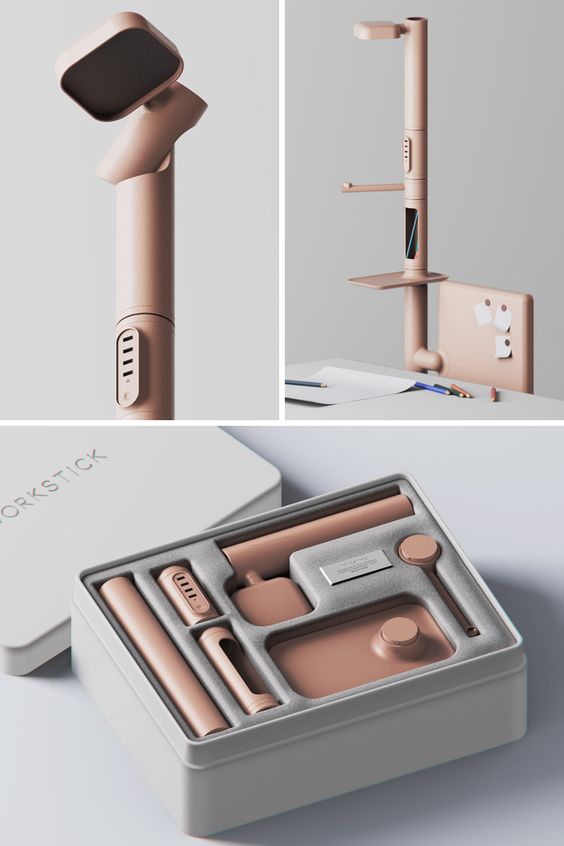
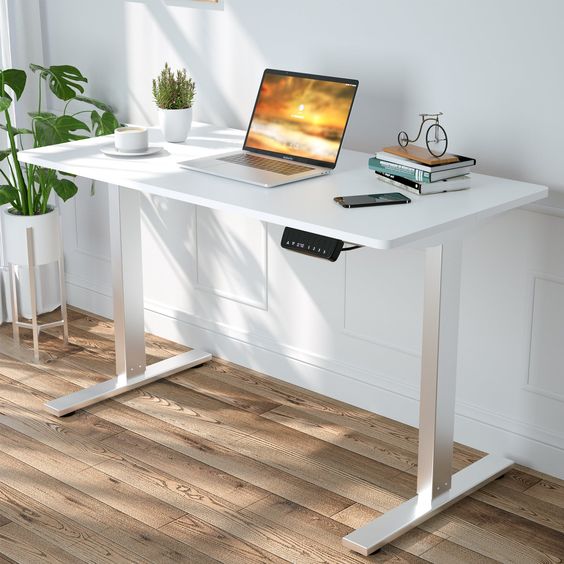
Setting Up for Remote Work
When it comes to remote work, technology and connectivity are crucial. A well-organized and functional home office is essential for productivity. Start by ensuring that you have a reliable internet connection and a computer that meets your needs. It’s also important to have a comfortable chair and desk that are ergonomically designed to help you maintain good posture and avoid discomfort.
Managing Cables and Equipment
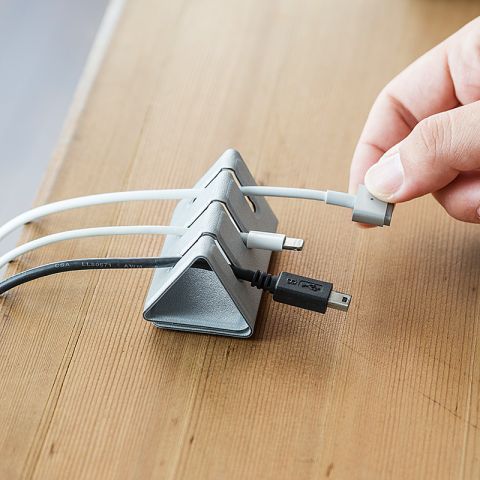
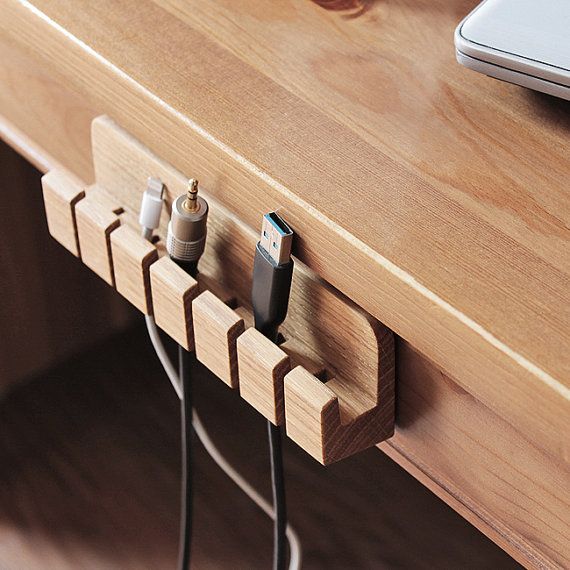
To keep your home office looking tidy, it’s important to manage your cables and equipment. Use cable ties or clips to keep cables organized and out of sight. Consider investing in a cable management system that can help you keep your cables organized and prevent them from becoming tangled.
Enhancing Virtual Meetings
Virtual meetings are an essential part of remote work, and it’s important to have the right equipment to make them successful. Invest in a good quality webcam and microphone to ensure that you can be seen and heard clearly. Consider using headphones to help you focus and avoid distractions.
Overall, a well-designed home office that is equipped with the right technology and connectivity can help you be more productive and successful in your remote work.
Adapting to Different Work Styles
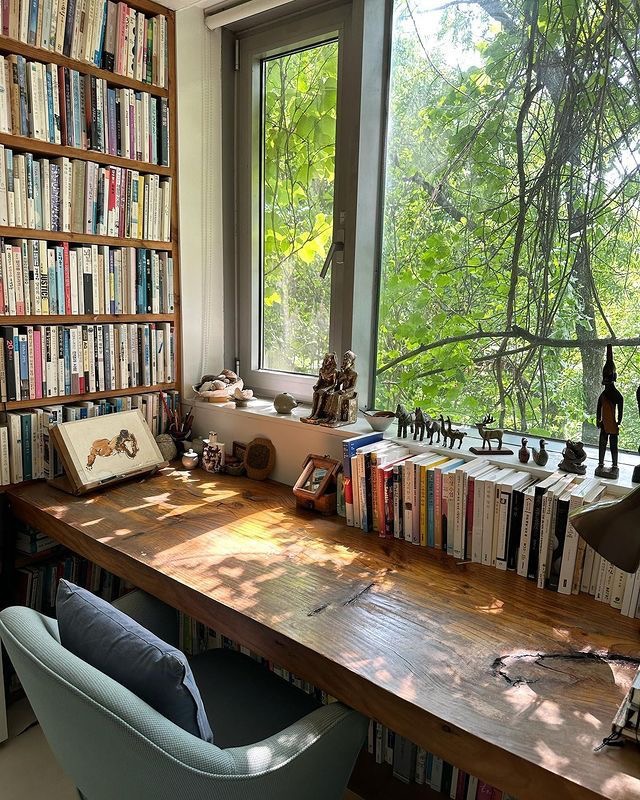
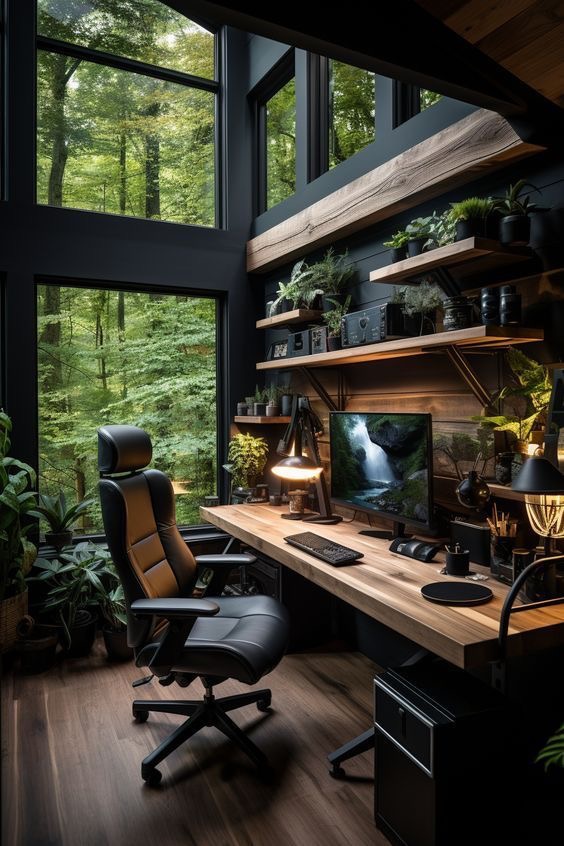
Standing Desks and Movement
For those who prefer a more active work style, a standing desk can be a great option. Standing desks have been shown to improve posture, reduce back pain, and increase productivity. Additionally, incorporating movement into the workday can help combat the negative effects of sitting for extended periods of time. Consider adding a balance board or a treadmill desk to keep the body moving throughout the day.
Creating a Multipurpose Space
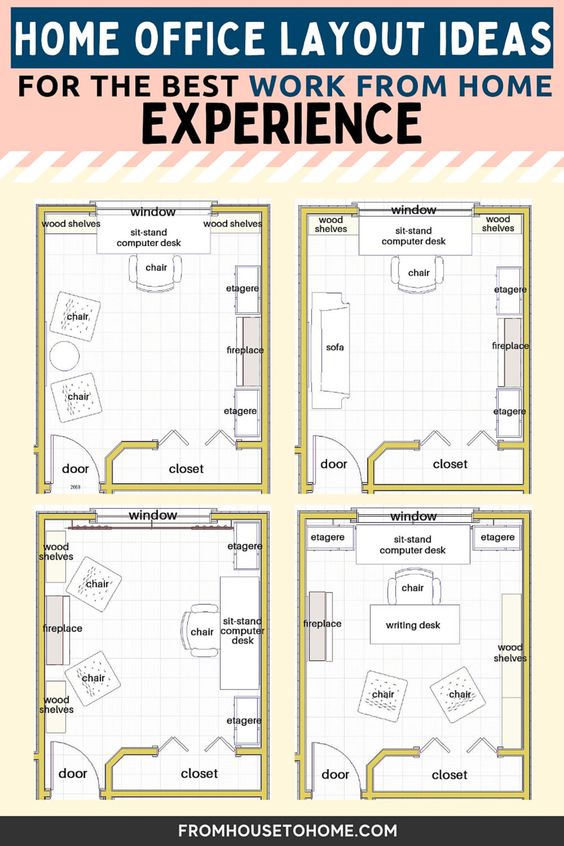
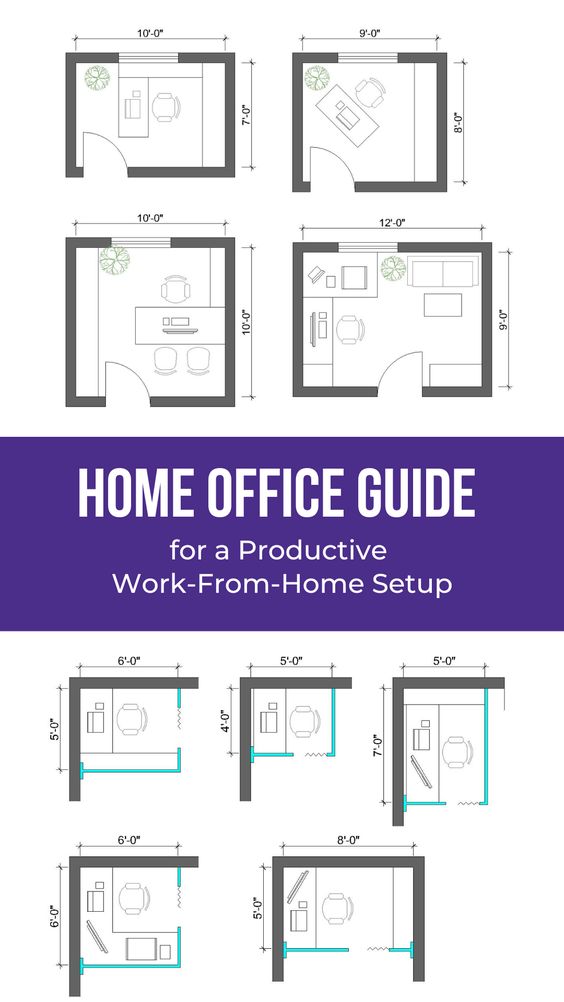
Not everyone has the luxury of a dedicated room for a home office. For those who need to make the most of a small space, consider creating a multipurpose area. A desk can double as a dining table or a console table, and storage can be disguised as decorative pieces. By designing a space that can easily transition between work and leisure, it can help maintain a work-life balance.
Designing for Focus and Creativity
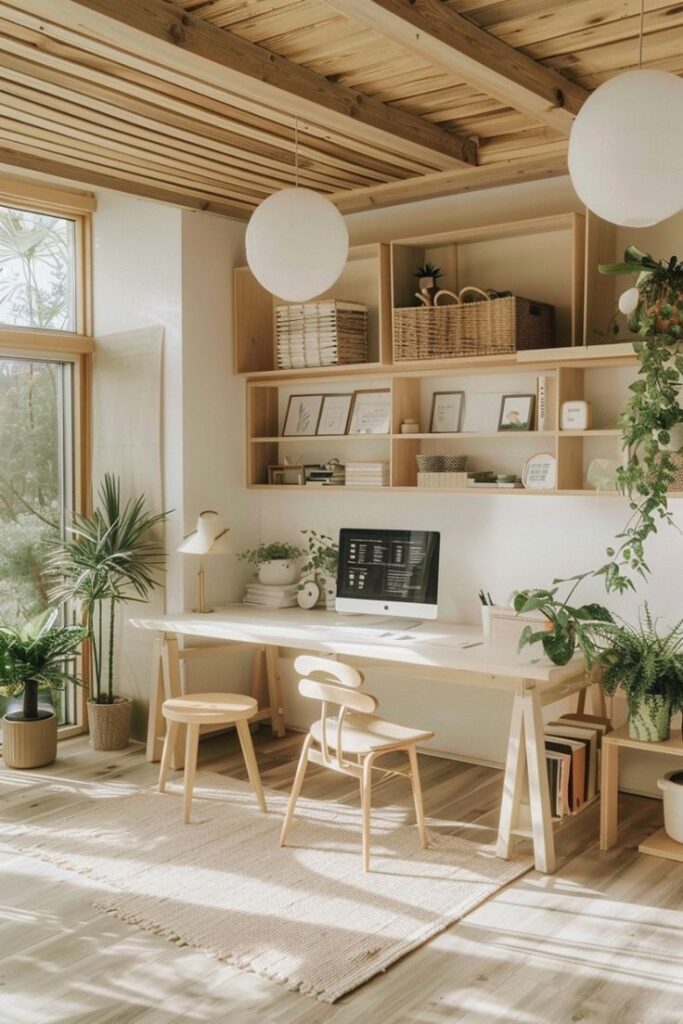
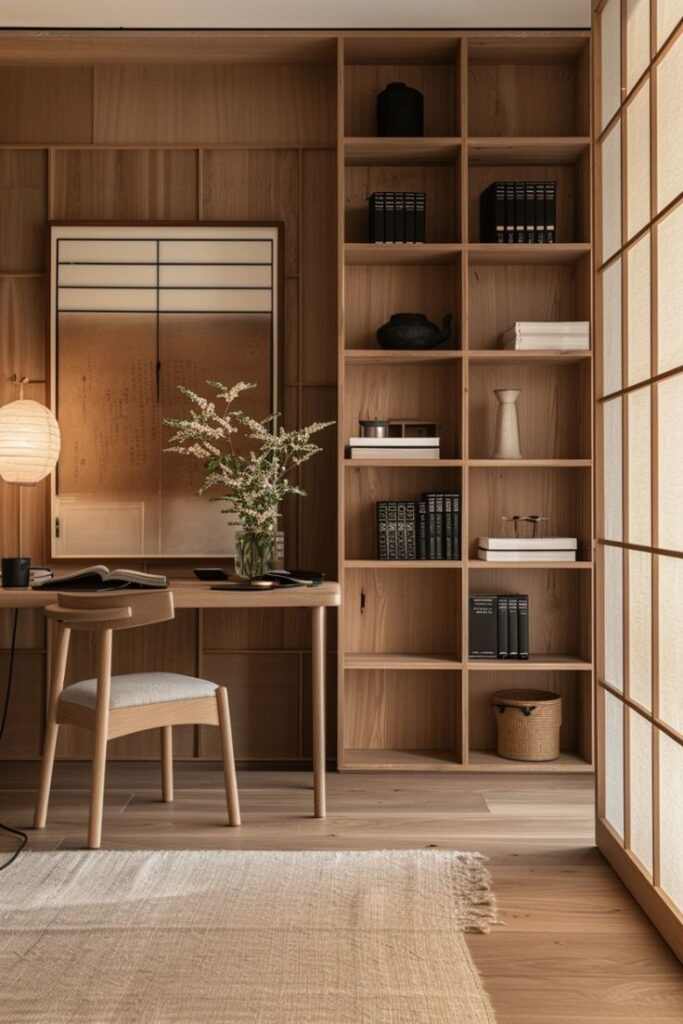
Designing a home office that promotes focus and creativity is essential for productivity. Consider incorporating natural light, plants, and calming colors to create a peaceful environment. Additionally, flexible furniture such as a comfortable chair or a cozy rug can help inspire creativity. By designing a space that is both functional and aesthetically pleasing, it can help improve overall work performance.
Overall, adapting to different work styles is essential for a productive and inviting home office. Incorporating standing desks, creating a multipurpose space, and designing for focus and creativity are just a few ways to achieve this. By taking the time to design a space that caters to individual work styles, it can help improve overall work performance and contribute to a healthy work-life balance.
Advanced Design Concepts
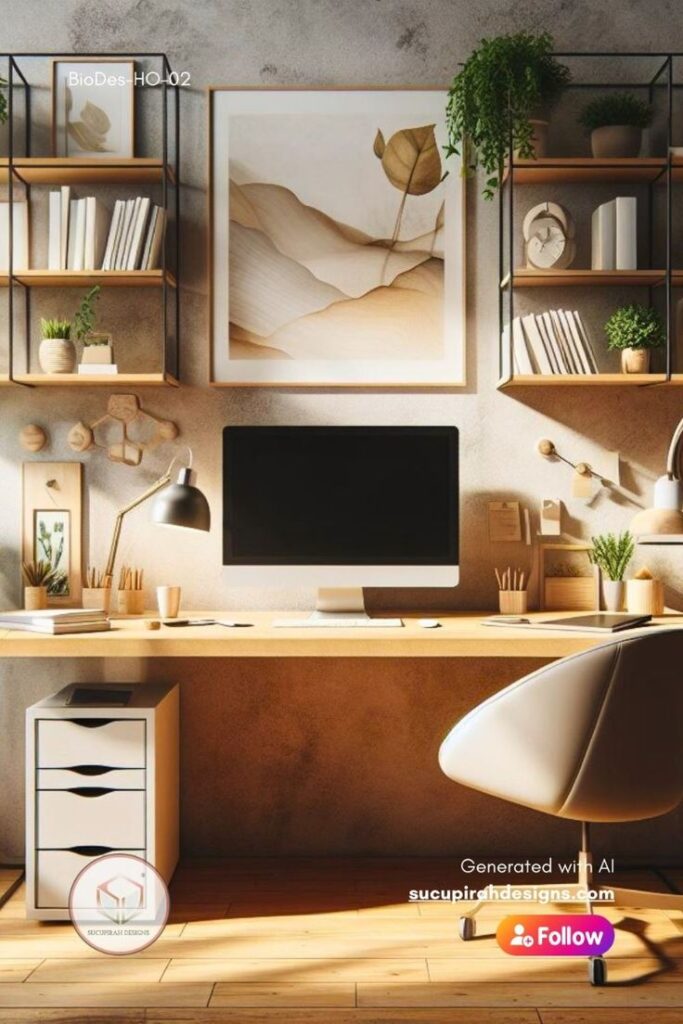
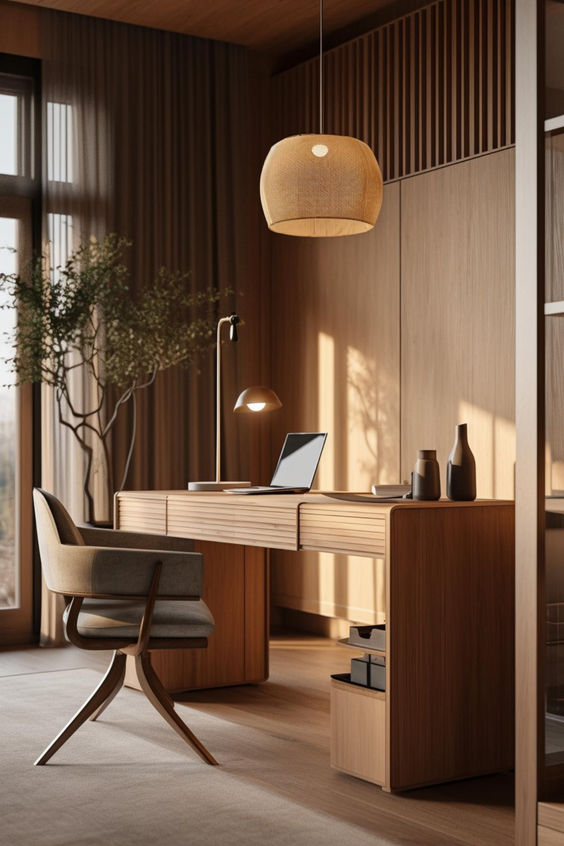
Biophilic Design for Well-being
Biophilic design is a concept that involves incorporating natural elements into the design of a modern home office. This design approach is based on the idea that humans have an innate connection to nature, and that incorporating natural elements into the built environment can have a positive impact on our well-being. Biophilic design elements can include natural light, plants, water features, and natural materials such as wood and stone.
Studies have shown that biophilic design can help to reduce stress, improve cognitive function, and increase productivity. By incorporating biophilic design elements into a modern home office, individuals can create a more inviting and productive workspace.
Incorporating Art Deco Elements
Art deco is a design style that emerged in the 1920s and 1930s. It is characterized by its use of geometric shapes, bold colors, and decorative elements such as chrome and glass. Incorporating art deco elements into a modern home office can create a stylish and sophisticated workspace.
Some ways to incorporate art deco elements into a modern home office include using geometric patterns on wallpaper or textiles, incorporating chrome or glass accents, and using bold colors such as black, white, and gold.
Exploring Minimalist and Industrial Themes
Minimalist and industrial design themes are both popular choices for modern home offices. Minimalist design is characterized by its simplicity and clean lines, while industrial design is characterized by its use of raw materials such as metal and concrete.
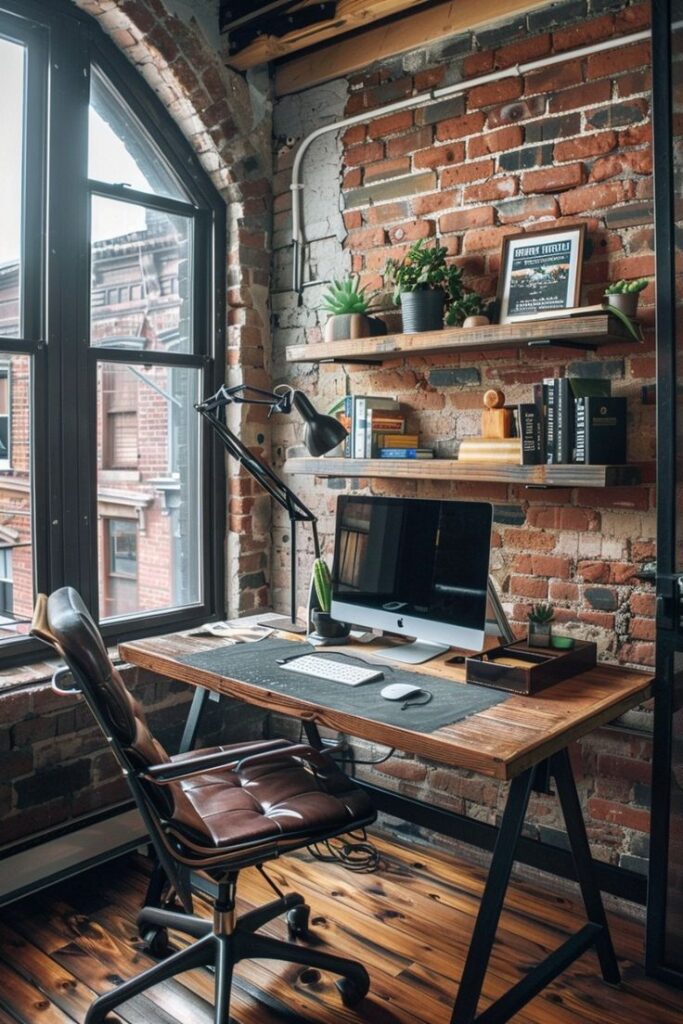
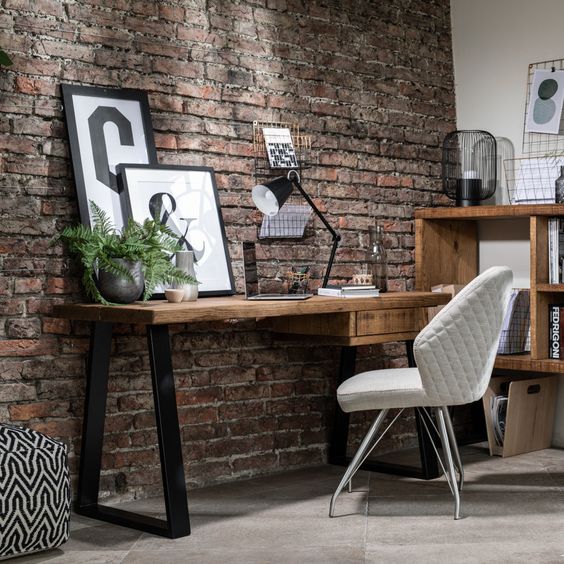
To incorporate a minimalist theme into a modern home office, individuals can focus on creating a clutter-free workspace with simple, functional furniture. Industrial design can be incorporated by using raw materials such as metal and concrete in the design of the workspace.
By exploring these advanced design concepts, individuals can create a modern home office that is both productive and inviting.
Conclusion
Creating a productive and inviting home office is crucial for anyone who works from home. A well-designed workspace can increase productivity, improve mood, and reduce stress.
When it comes to home office design, there are a few key factors to consider. First, it’s important to choose a space that is quiet, well-lit, and comfortable. Second, the layout of the space should be optimized for productivity, with easy access to all necessary tools and equipment. Finally, the decor should be stylish and reflect the individual’s personal taste.
There are many modern home office ideas that can help people create the perfect workspace. From minimalist designs to bold colors and patterns, there are endless possibilities for creating a stylish and functional home office.
Overall, a well-designed home office can make a significant difference in one’s productivity and overall well-being. By following the tips outlined in this article, anyone can create a productive and inviting workspace in the comfort of their own home.
- 2.4Kshares
- Facebook0
- Pinterest2.4K
- Twitter0
- Reddit0
